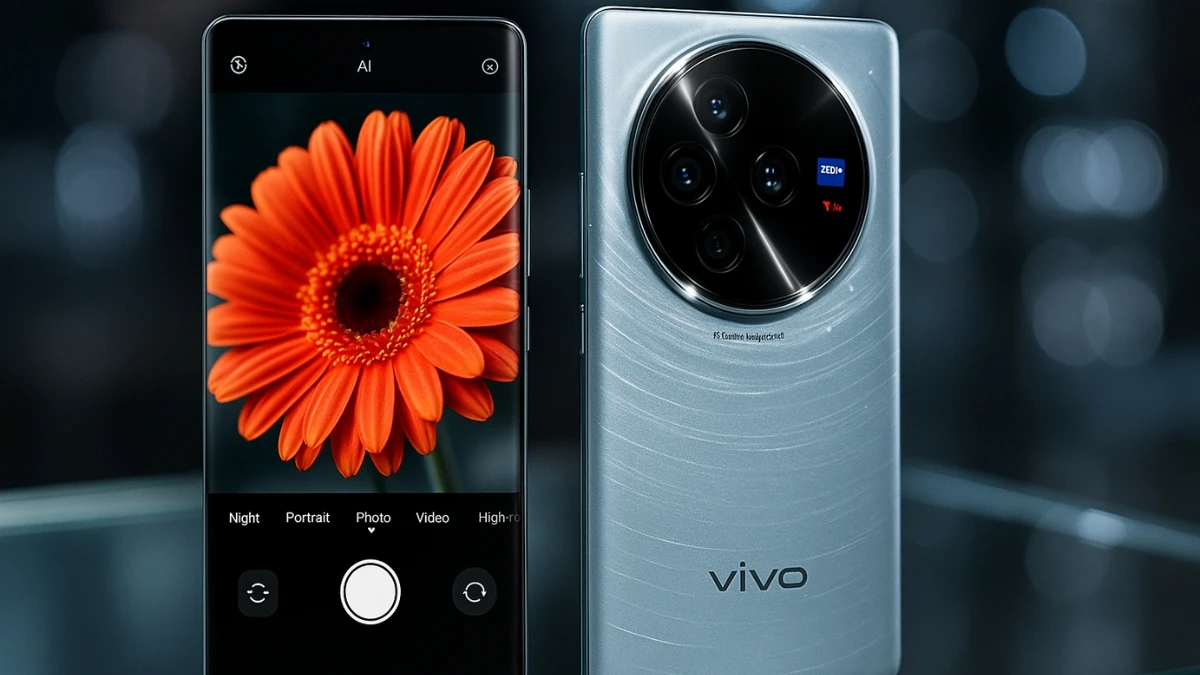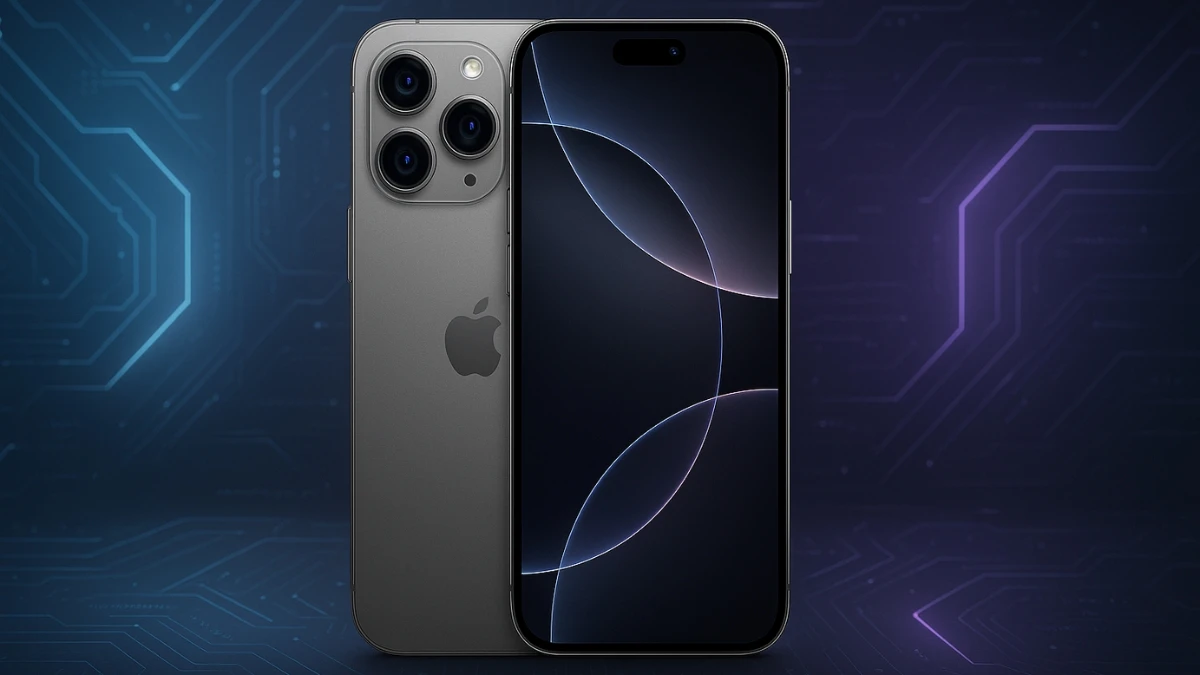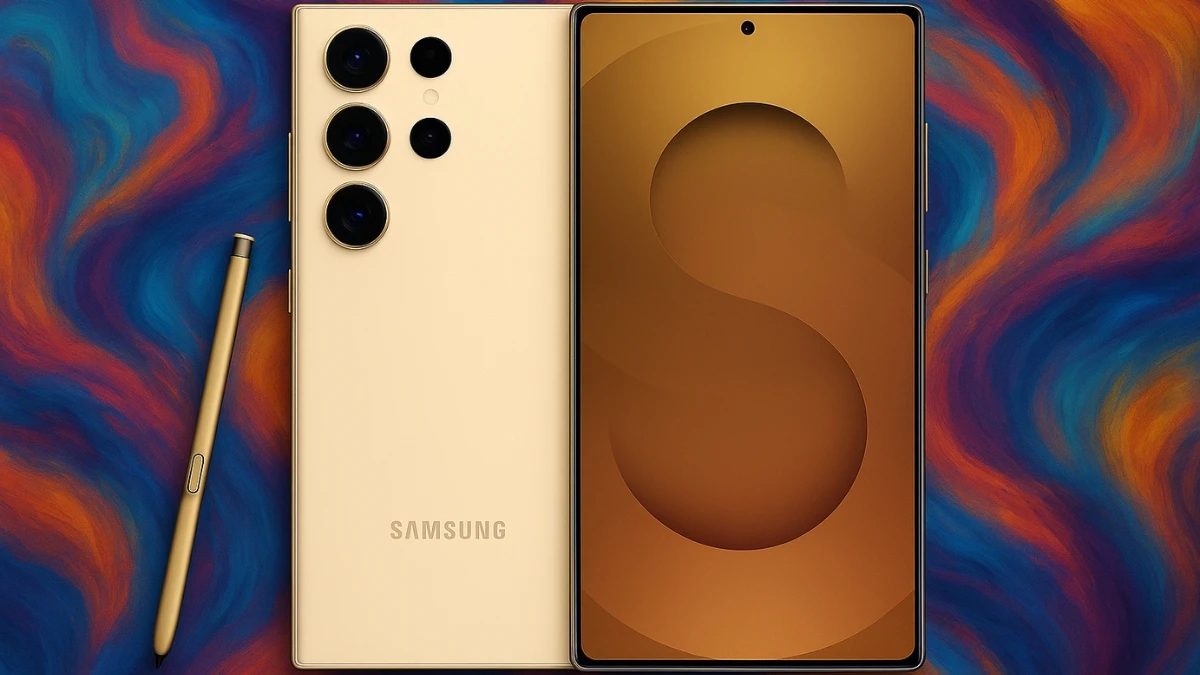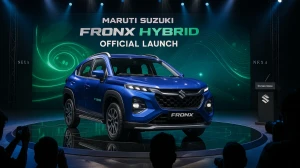Top 5 Best DSLR Camera Quality Phones
In 2025, smartphone photography has reached an impressive level where many phones now offer DSLR-like camera quality. Whether you’re a professional photographer or just passionate about capturing stunning images, these top five smartphones combine cutting-edge sensors, advanced optics, and powerful image processing to deliver exceptional photo and video performance. Here’s a look at the best DSLR camera-quality phones available this year.
|
Rank |
Phone Name |
Price (USD) |
|---|---|---|
|
5 |
Vivo X100 Pro |
$538.99 |
|
4 |
OnePlus 13 |
$849.99 |
|
3 |
Google Pixel 9 Pro XL |
$899.00 |
|
2 |
iPhone 16 Pro |
$999.00 |
|
1 |
Samsung Galaxy S25 Ultra |
$1,169.00 |
5. Vivo X100 Pro

The Vivo X100 Pro impresses with its partnership with ZEISS optics, delivering remarkable sharpness and color accuracy. Its multi-camera system, including telephoto and ultra-wide lenses, allows photographers to explore diverse creative possibilities.
The phone’s imaging software incorporates advanced algorithms for noise reduction and dynamic range enhancement, especially useful in low-light photography.
It supports 8K video capture, appealing to videographers seeking high resolution and detail. The Vivo X100 Pro also features a bright AMOLED display and reliable battery life, making it a solid choice for users who prioritize both camera performance and overall device usability.
- Rear Cameras: 50MP main, 50MP ultra-wide, 50MP telephoto
- Selfie Camera: 32MP
- Video: 8K at 30fps, 4K at 60fps
- Battery: 5400mAh
- Display: 6.78" AMOLED
- Price: $538.99
|
Storage |
256GB, 512GB, 1TB UFS 4.0 |
|
RAM |
12GB/16GB LPDDR5X |
|
CPU |
Qualcomm Snapdragon 8 Elite (Octa-core: 2x 4.47GHz + 6x 3.53GHz) |
|
Weight |
221g |
Pros:
- Impressive camera performance
- Bright and vibrant display
- Fast charging capabilities
- Large battery capacity
- Stylish design
Cons:
- Limited availability in some regions
- No significant design changes from previous models
- No significant camera sensor upgrades
- Average low-light performance
- No wireless charging support
4. OnePlus 13

OnePlus 13 offers a great balance of powerful photography features and affordability. Its triple 50MP camera system produces crisp, vivid images with great color fidelity.
The device is designed to handle various shooting scenarios, from bright daylight landscapes to challenging low-light environments, thanks to advanced image stabilization and AI enhancements.
Video recording supports 4K at 60fps, suitable for casual creators and vloggers.
Its fast-charging battery and smooth 120Hz display ensure users can shoot extensively without interruption. The clean OxygenOS interface is fast and user-friendly, providing photographers with quick access to essential tools.
- Rear Cameras: 50MP main, 50MP ultra-wide, 50MP telephoto
- Selfie Camera: 32MP
- Video: 4K at 60fps, 1080p at 240fps
- Battery: 6000mAh
- Display: 6.8" QHD+ OLED, 120Hz
- Price: $849.99
|
Storage |
256GB, 512GB, 1TB UFS 4.0 |
|
RAM |
12GB/16GB/24GB LPDDR5X |
|
CPU |
Qualcomm Snapdragon 8 Elite (Octa-core: 2x 4.32GHz + 6x 3.53GHz) |
|
Weight |
210g |
Pros:
- Affordable pricing
- High-quality triple camera setup
- Long battery life
- Fast charging capabilities
- Clean and fast OxygenOS
Cons:
- No significant design changes from previous models
- Limited availability in some regions
- No significant camera sensor upgrades
- Average low-light performance
- No wireless charging support
3. Google Pixel 9 Pro XL

Renowned for its AI-driven photography, the Google Pixel 9 Pro XL leverages Google’s Tensor G4 chip to deliver outstanding image quality with smart enhancements.
It excels in computational photography features like Magic Editor, Night Sight, and Super Res Zoom, allowing users to capture professional-grade shots effortlessly.
The 50MP main sensor and versatile telephoto lenses provide sharp details and effective zooming capabilities. Google’s clean and intuitive software interface makes photography accessible to all skill levels.
The Pixel 9 Pro XL’s strong battery life and smooth OLED display further enhance the overall shooting and viewing experience.
- Rear Cameras: 50MP main, 48MP ultra-wide, 48MP telephoto (5x optical zoom)
- Selfie Camera: 42MP
- Video: 8K at 30fps, 4K at 60fps
- Battery: 5060mAh
- Display: 6.8" OLED, 120Hz
- Price: Starting at ₹74,999 (~$799)
|
Storage |
128GB, 256GB, 512GB, 1TB |
|
RAM |
16GB LPDDR5X |
|
CPU |
Google Tensor G4 (Octa-core: 1x 3.1GHz + 3x 2.6GHz + 4x 1.92GHz) |
|
Weight |
221g |
Pros:
- Excellent AI-driven camera features
- Bright and vibrant display
- Long battery life
- Clean Android experience
- Advanced editing tools like Magic Editor
Cons:
- Lacks high refresh rate display
- No significant design changes from previous models
- Limited availability in some regions
- No significant camera sensor upgrades
- Average performance in low-light conditions
2. iPhone 16 Pro

Apple’s iPhone 16 Pro continues to refine mobile photography with a focus on color accuracy, cinematic video capabilities, and seamless software integration.
Its 48MP main sensor with computational photography produces true-to-life images with excellent dynamic range. The 5x telephoto lens expands creative options, especially for portraits and distant shots, while the ultra-wide lens is perfect for dramatic perspectives.
The phone excels at video, supporting Dolby Vision HDR and cinematic modes that appeal to filmmakers and content creators.
iOS’s smooth interface and regular updates keep camera software cutting-edge, ensuring consistently high performance and user-friendly experience.
- Rear Cameras: 48MP main, 48MP ultra-wide, 12MP telephoto (5x optical zoom)
- Selfie Camera: 12MP
- Video: 4K at 120fps, Dolby Vision HDR
- Battery: Approximately 3200mAh
- Display: 6.3" Super Retina XDR OLED, 120Hz
- Price: Starting at ₹1,07,900 (~$999)
|
Storage |
128GB, 256GB, 512GB, 1TB NVMe |
|
RAM |
8GB LPDDR5 |
|
CPU |
Apple A18 Pro (Hexa-core: 2x 4.05GHz + 4x 2.42GHz) |
|
Weight |
199g |
Pros:
- Cinematic video recording capabilities
- Seamless integration with iOS ecosystem
- High-quality build and design
- Reliable software updates
- Advanced image processing with A18 Pro chip
Cons:
- Expensive
- No significant design changes from previous models
- Limited customization options
- No USB-C port
- No significant camera sensor upgrades
1. Samsung Galaxy S25 Ultra

The Samsung Galaxy S25 Ultra stands out with its groundbreaking 200MP main sensor that captures incredible detail and vibrant colors.
It combines hardware excellence with Samsung’s advanced AI-powered image processing to deliver sharp, well-balanced photos in almost any lighting condition.
Its versatile camera array includes ultra-wide, telephoto, and ultra-telephoto lenses, allowing photographers to capture everything from sweeping landscapes to distant subjects with optical zoom clarity.
Video enthusiasts benefit from 8K recording and enhanced stabilization features, making it a powerful all-rounder for creators.
The device’s large, bright display and long battery life ensure you can shoot and review your work comfortably throughout the day.
- Rear Cameras: 200MP main, 50MP ultra-wide, 10MP telephoto, 12MP ultra-telephoto
- Selfie Camera: 12MP
- Video: 8K at 30fps, 4K at 120fps
- Battery: 5000mAh
- Display: 6.9" Dynamic AMOLED 2X, 120Hz
- Price: Starting at ₹1,03,989 (~$1,300)
|
Storage |
256GB, 512GB, 1TB UFS 4.0 |
|
RAM |
12GB/16GB LPDDR5X |
|
CPU |
Qualcomm Snapdragon 8 Elite (Octa-core: 2x 4.47GHz + 6x 3.53GHz) |
|
Weight |
221g |
Pros:
- Exceptional 200MP main sensor
- Advanced AI-powered camera features
- Versatile 12MP ultra-telephoto lens
- Robust build with IP68 rating
- Integrated S Pen for enhanced productivity
Cons:
- Bulky design
- High price point
- Limited availability in some regions
- No significant design overhaul from previous models
- Heavy software bloat
Disclaimer:
The rankings and specifications of the top 5 DSLR camera-quality phones presented in this article are based on a combination of expert reviews, manufacturer data, and market trends as of 2025. Prices, availability, and features may vary by region and over time. Individual user experience may differ depending on usage patterns and software updates. We recommend verifying the latest details from official sources before making a purchase decision.






